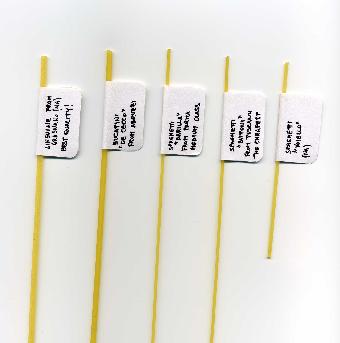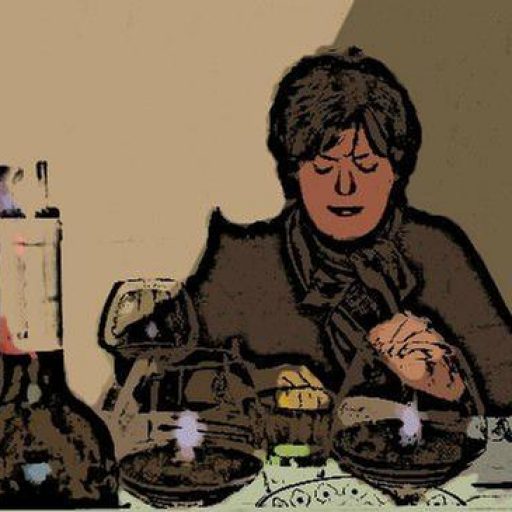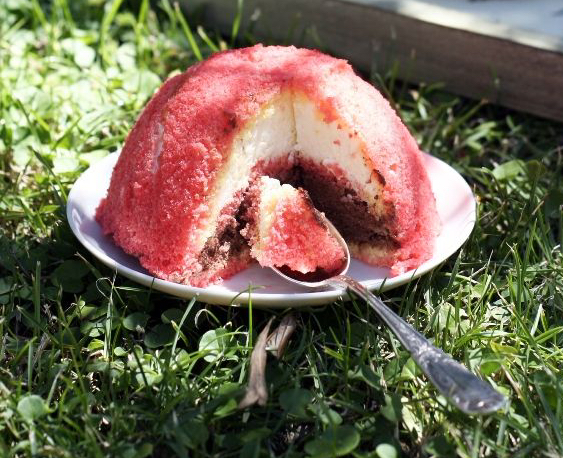Italians are passionate about their pasta. Their feelings for making, eating, cooking and buying pasta are defended with strong emotions that run as deep as the Medici-Pazzi rivalries of Renaissance Italy. North versus South, dry versus fresh, fatto a mano or machine rolled. Every Italian has their opinions about the art and science of making pasta and rightly so. After all pasta may be the poster child of Italy.
The average Italian citizen eats over 90lbs of pasta per year and pasta is the first food given to babies when they’re ready to eat. The first course, il primo, served in a traditional Italian meal is often pasta and the foundation of regional Italian casalinga home style cooking has always centered around the making of pasta. But the pasta in Italy is much different than the pasta most Americans are used to. The many shapes and sizes of pasta have caused it to become trivialized by most Americans who often choose pasta on how it looks rather than how it pairs with a particular sauce. Many factions quarrel and quibble and complicate this simple unleavened dough made from flour, water and sometimes eggs. But then again most wars have been fought over desirable territory and the land inhabited by pasta, as Alton Brown once put it, is “good eats”.
The conflict begins with the origins of pasta. Basically who owns what? Does pasta belong to the East or the West? The long standing urban myth that Marco Polo introduced pasta to Italy after returning from China is hotly debated by Italian “pastaphiles”. Evidence found in Etruscan tombs suggests that these ancient Italians enjoyed pasta and Apicius, Italy’s first top chef, mentions a layered, lasagna-like dish in his book of recipes from the 1st century AD. References have been cited of a manuscript of a will drawn up in Genoa two years before the return of Marco Polo that leaves the heirs a chestful of dried pasta!

Another point of contention is how to determine the quality of pasta. In other words, how do you buy good pasta? My friends from Perugia, Pinota and her son Luigi who has a doctorate in agronomy gave me my best lesson yet on pasta. Not all pasta is created equal. Good quality pasta is roughly textured because the rougher the outside of the pasta the better the sauce will adhere giving a more uniform and consistently delicious flavor to each bite. And remember, don’t add too much sauce. Italians regard sauce as a “seasoning” or condiment rather than serving the pasta drowning in the sauce as some American-Italian restaurants do. In Italy just enough sauce is added to coat the pasta (about ¼ cup per portion) with a spoonful on top so diners can see the beauty of the sauce. The exception to this is lasagna which in the North is prepared with plenty of béchamel sauce almost like a sandwich with more filling than bread.
In the end it all comes down to cooking the pasta because the best quality pasta can turn out badly if not properly cooked. It is here that most pasta battles are won or lost. There are several camps with various opinions on the best strategy to avoid overcooked or under done pasta. My tacticians were my Italian family and friends and this is their position on how pasta is made and served.
- On the Salt – salt the water before you add the pasta when the water reaches a rolling boil. Seasoning the pasta as it cooks. There are differences about the amount of salt added to the water. If you’re hesitant about the amount to add, a general amount would be about 1 T of coarse sea salt for each gallon (4 qts of water) although some cooks go considerably higher. I judge the amount based on the sauce I will be using but always add some salt to the water.
- On the Water – use lots of water so that the pasta will keep moving as it cooks and not stick together (4-6 qts for 1 lb of pasta).
- On the Boil – keep water at an active boil, don’t leave the room
- On Oil – Italians say no to adding oil to the water feeling that it makes the pasta absorb the water unevenly and keep them from absorbing other flavors. Oil or butter can be used as a condiment after pasta has been drained and transferred to plate.
- On Cooking Times – always follow the package instructions but Italian’s prefer their pasta slightly undercooked (al dente) because it will finish cooking when sauced, so always taste your pasta as it cooks, it is better to be slightly underdone than overdone.
- On Draining Pasta– Do not rinse the pasta. Italians usually lift the cooked pasta out of the pot with a handled strainer (metal spider) or tongs rather than pour it into a colander. This keeps the pasta moist and prevents the pasta from sticking. Drained pasta should have a shiny finish.
- On the Sauce – Heat your sauce up separately by adding a few ladlefuls of cooked sauce into a large sloped side skillet (saucier) and when the pasta is still a little firm add it directly to the sauce, along with some of the pasta water. In this way the pasta finishes cooking, absorbing some of the the flavor of the sauce. In Italy, this is called macchiare, which means “to stain” the noodles. Adding some of the starchy pasta water to the sauce will help to season it, and marry the pasta and sauce together. Pasta heated in the skillet with sauce has a superior flavor and texture compared with pasta that is drowned in sauce on the plate.
- On Serving Pasta – pasta waits for no man or woman, the people must wait for the pasta, serve pasta immediately while hot.
- On Cheese – add grated cheese after you have drained the pasta and transferred to hot bowl or plate.
And if at times it seems that all the conflicting information about eating, cooking, making and finding the best pasta becomes overwhelming, don’t give up. Pour yourself a glass of vino rosso and try to win the battle on another front. Battle hardened pasta makers find a way out by adding a little more flour to the dough, splashing a little of the pasta water over the pasta when plating to loosen up the sauce or make maltagliata, irregularly cut pasta when the evenly cut ribbons of tagliatelle don’t turn out. However the battle will be lost if the pasta looks “floury”, then it is overcooked and there is nothing to be done with that.
.







Leave a comment